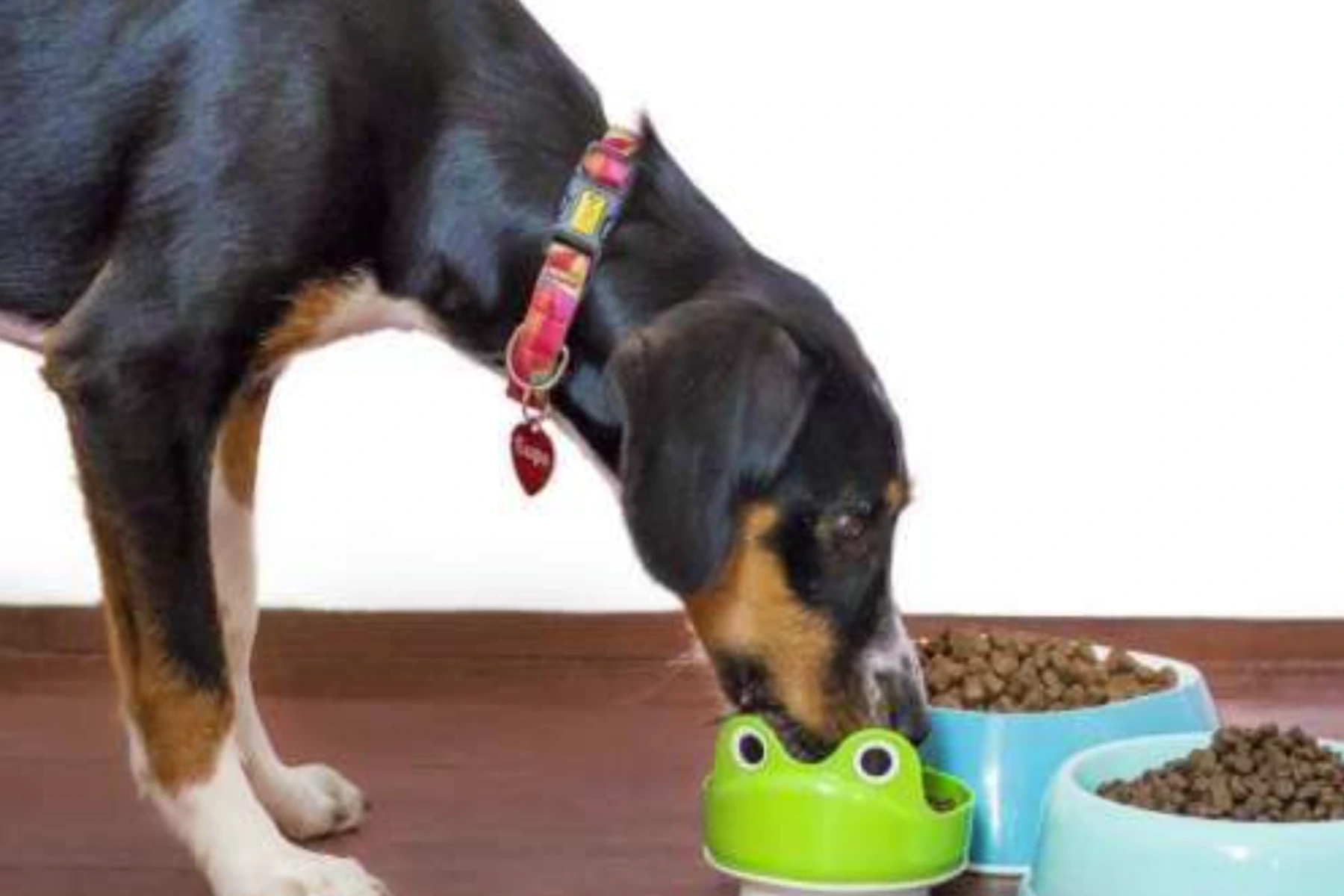Ever wondered if switching your dog to a raw diet is really the healthy, natural way to go? You’re not alone. Many pet owners are drawn to the idea of giving their furry friends what they think is more “natural” food. The phrase raw diet for dogs keeps popping up on forums, vet discussions, and even pet food ads.
But is it really the best choice for your dog? Let’s talk about it, break down the facts, and see if it’s worth making the switch. By the end, you’ll have a clearer picture, without all the hype.
Table of Contents:
What Is a Raw Diet for Dogs?
A raw dog diet usually consists of uncooked meats, bones, organs, and sometimes fruits and vegetables. Supporters believe this mirrors what dogs would eat in the wild. The term raw food for dogs often includes:
- Raw muscle meat (often still on the bone)
- Organ meats like liver and kidneys
- Raw meaty bones
- Whole eggs
- Vegetables like spinach or broccoli
- Fruits like apples or blueberries
It’s a diet that many say improves coat condition, energy levels, and even digestion. But that’s not the whole story.
What the Experts Say
According to the American Veterinary Medical Association (AVMA), a raw diet is not recommended for most dogs. Why? Because raw foods come with real risks, not just for your dog, but also for the humans handling the food.
Let’s take a look at the dangers before diving into potential benefits.
Contamination
Raw meat can contain bacteria like Salmonella and E. coli. These are harmful to both dogs and humans. Dogs can get sick, and so can you, just from touching their food or even their saliva after eating.
Nutritional Imbalances
Unless you’re a pet nutritionist, it’s really tough to balance a raw diet at home. Dogs need a specific ratio of proteins, fats, vitamins, and minerals. Miss one thing, and it could lead to health issues over time.
Choking and Broken Teeth
Giving your dog bones might seem like a treat, but it’s risky. Bones can splinter, causing choking, damaged teeth, or even stomach blockages that require surgery.
Higher Risks for Puppies and Sick Dogs
Puppies, older dogs, or dogs with weak immune systems are more vulnerable. Their bodies may not be able to handle the bacteria or deal with minor nutritional imbalances as well as healthy adult dogs can.
But What About the Benefits?
Okay, let’s be fair. Some owners swear by raw diets. They claim their dogs have shinier coats, more energy, and healthier stools.
However, there’s very little scientific evidence backing these claims. Most of the pros of raw feeding come from anecdotal experiences, not clinical research.
That doesn’t mean raw feeding is all bad. It just means the benefits aren’t guaranteed and come with potential trade-offs.
Tips If You’re Considering a Raw Diet
Still curious? If you’re thinking of trying a raw food diet for dogs, here are some things you must keep in mind:
Consult a Vet or Pet Nutritionist
Don’t wing it. Talk to someone who knows about dog nutrition and can help you build a safe, balanced raw plan.
Use Quality Ingredients
Cheap, low-grade meat increases the risk of contamination. Stick to human-grade, fresh products.
Freeze Raw Food Properly
Freezing helps reduce bacterial load. Thaw it safely in the fridge, not on the counter.
Clean Everything Thoroughly
Wash bowls, surfaces, and your hands after handling raw meat. This isn’t just for your dog, it’s for your safety, too.
Supervise Your Dog While Eating
Bones can be dangerous if swallowed whole or chewed too aggressively. Keep an eye out to avoid accidents.
If you have more than one dog, feeding bones can lead to fighting or food aggression. Always feed them separately.
Alternatives to Raw Feeding
Not sold on raw diets? No worries. There are many high-quality commercial dog foods that offer complete nutrition without the mess or the risks.
High-End Kibble
Some premium kibbles are formulated to mimic the benefits of raw feeding, without the dangers.
Cooked Homemade Meals
Cooking your dog’s food at home with vet guidance is a safer option than raw. It still allows you to control ingredients while killing harmful bacteria.
Freeze-Dried Raw
This is a middle ground. These products are made from raw ingredients but are freeze-dried to remove bacteria. It’s more convenient and safer.
Final Thoughts
So, is a raw diet for dogs the right choice? For most pet parents, probably not. The risks, contamination, imbalance, injuries, often outweigh the benefits, especially when safer alternatives exist.
But if you’re determined and do it the right way, with expert help, it’s not impossible. Just make sure you’re putting your dog’s health first, not just following a trend.
What do you think? Let’s start from now, think carefully before changing your pet’s diet.






